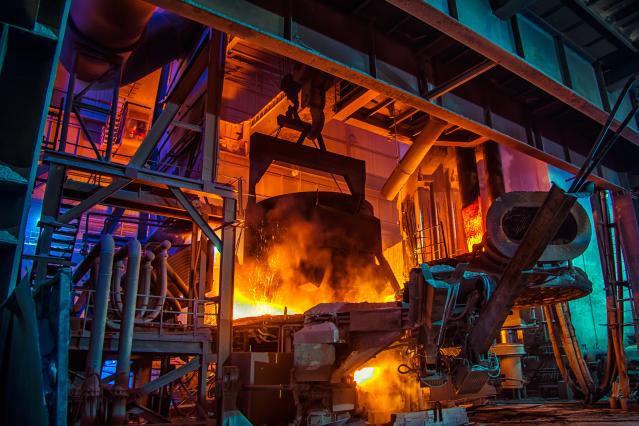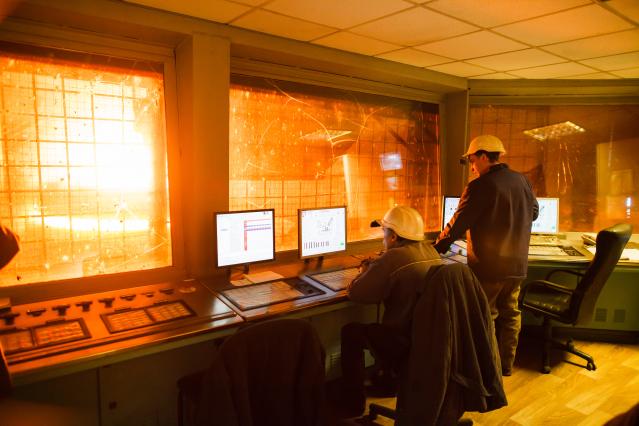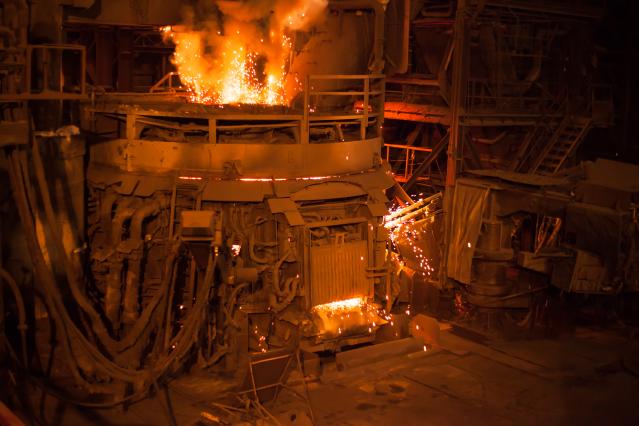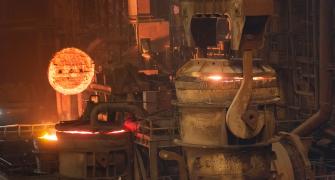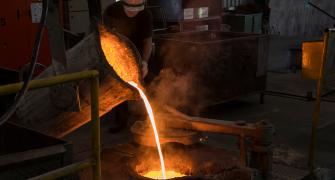
Do you have a question about this application? Ask our specialists
Contact us
Our Role
Carmeuse, along with its injection technology partners, are some of the first lime producers to introduce this technology to EAF steel plants. Through its commitment to quality steel making, Carmeuse has invested capital and personnel to become an industry expert in injection technology.
Carmeuse is uniquely positioned in this field, thanks to a strong reference list, experienced technicians, and an operational lime injection pilot system that is capable of testing and comparing current or potential lime injection materials in multiple configurations, in order to mimic current or potential lime injection systems in EAF.
Carmeuse has developed value in use models to simulate the real effect of lime quality on process efficiency on the steelmaking process. These simulations show how important lime quality is, and the significant effect it has on the steel process efficiency including cost, energy efficiency and steel process CO2 emissions. It has been demonstrated that lime quality has a significant impact on the Scope 1 CO2 emissions of the steelmaking process.
Features & Benefits
Features
- Lime quality and quantity has a direct effect on slag quality, which affects metallurgical results, refractory life, liquid metal yield, and productivity.
- MgO from lime helps to optimize slag conditions for foaming and refractory protection: MgO is especially important to the foaming characteristics of the slag.
- The advantage of dolime, besides its high activity, is that it contains CaO that makes it more effective in controlling silica in early melting phase as well as alumina because of the MgO content.
- Optimized timing additions of flux agents into the molten steel bath: Process controls to maintain consistent foaminess and brings direct savings on lime (up to 7 to 15%) and indirect savings on consumables.
- More precise injection of lime provides an optimum alternative to traditional practices of adding lump lime which has always been difficult to control and prevents from environmental burdens.
Benefits
- Best and optimal total cost and productivity of steel production and reduced CO2 emissions.
- Metallurgical benefits due to improved dissolution rate of lime, consistently better slag, lower Iron loss, and improved dephosphorization efficiency.
- Improvement in refractory lining life of EAF vessel, hood, and ladle.
- Reduction of phosphorus levels by optimizing the oxidizing environment in the furnace resulting in high quality steel.
- Saturated MgO slag process preserving the EAF refractory lifetime.
- Good control of slag viscosity.
- Dolime optimize slag foaming conditions, leading to a decrease of gunning time and quantity of material used.
- Formation of slag layer that protects refractory from arc damage, concentrates and transfer heat to the liquid steel, trap inclusions and metal oxides.
- Lime injection brings significant cost benefits from reduction in lime consumption to process benefits including improved metallic yield, reduced melting power, reduced electrode consumption, and refractory savings.
Dedicated solutions for your specific needs
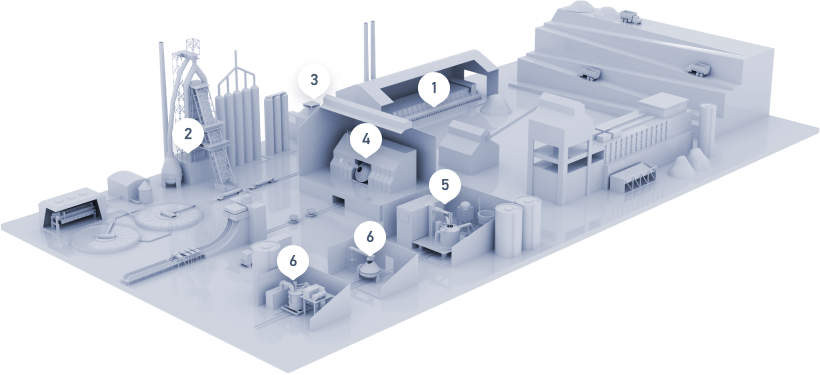
More Information
Maintaining a foamy slag in the EAF is essential but fundamentally challenging. Modern sidewall lime injection systems inject lime/dolime only when needed, enabling slag foaminess.
Historically, steelmakers have experimented with various methods for adding lime and dolime to the EAF including scrap bucket discharge, fifth-hole addition through the roof (via conveyor belt or pneumatic transport). One of the latest practices is side-wall lime injection.
Lime injection is a well-established practice, used by most of the modern EAFs. Lime injection technology provides a closed-circuit environment. Its advantages include a cleaner and safer working environment; process controls that help to maintain a consistent foaminess; a direct savings on lime; plus, significant benefits from metallic yield, energy, and electrode consumption, as well as refractory savings leading to most sustainable practice and low CO2 emissions.

